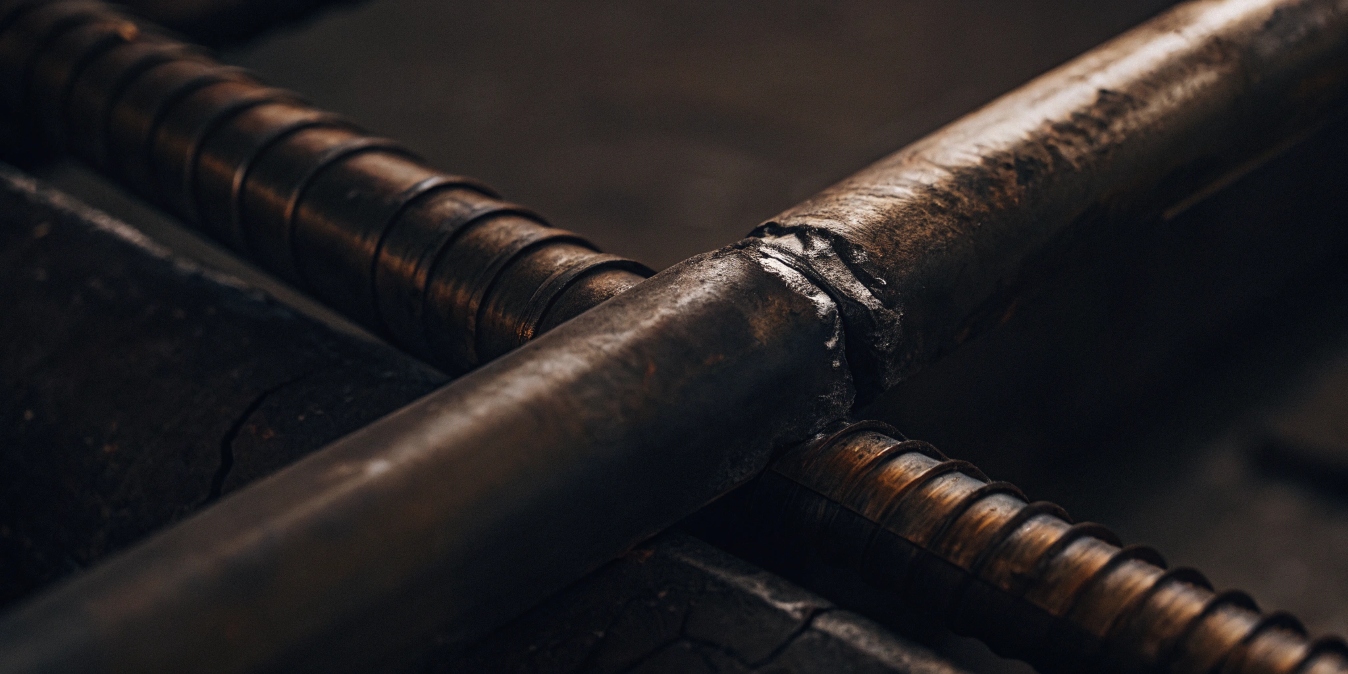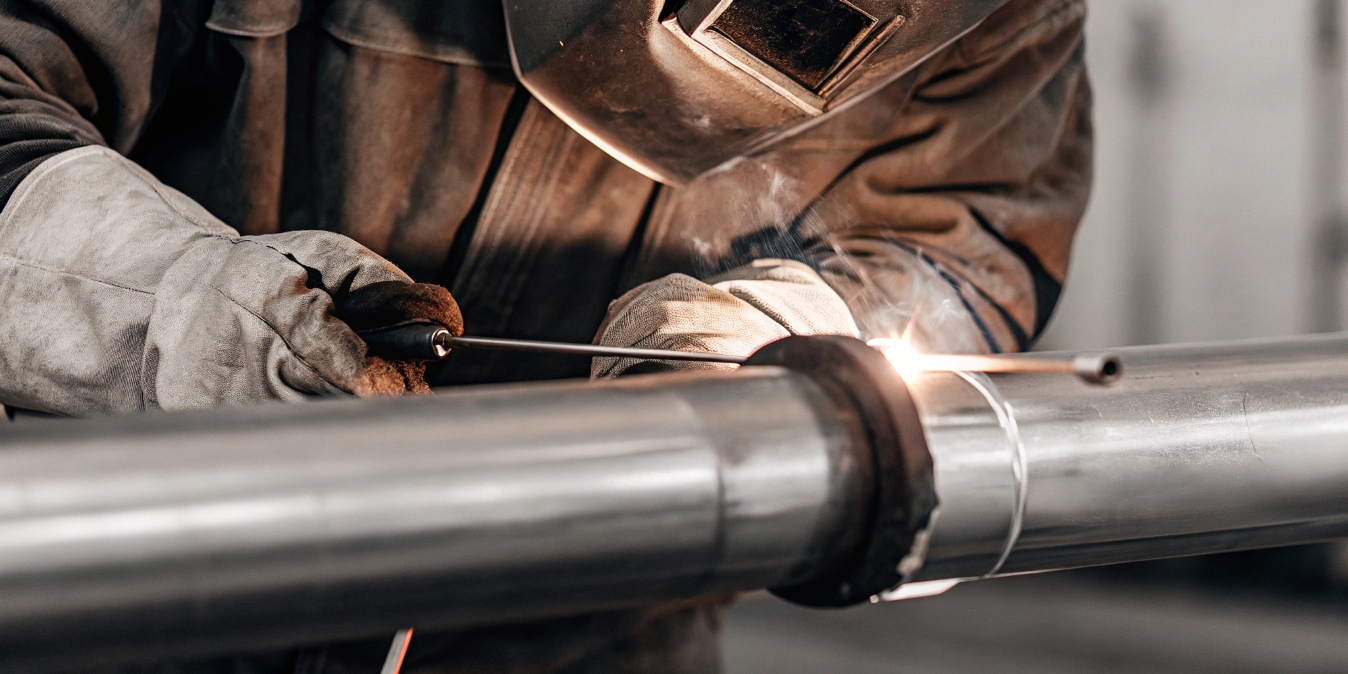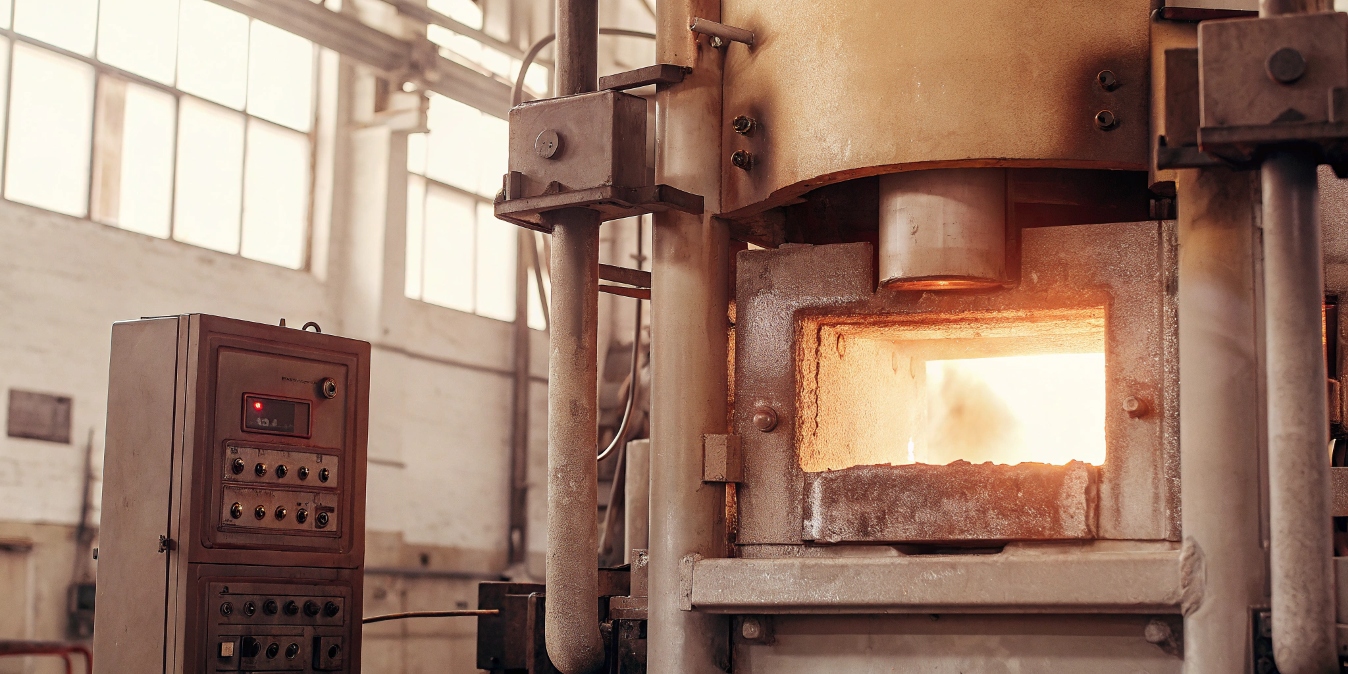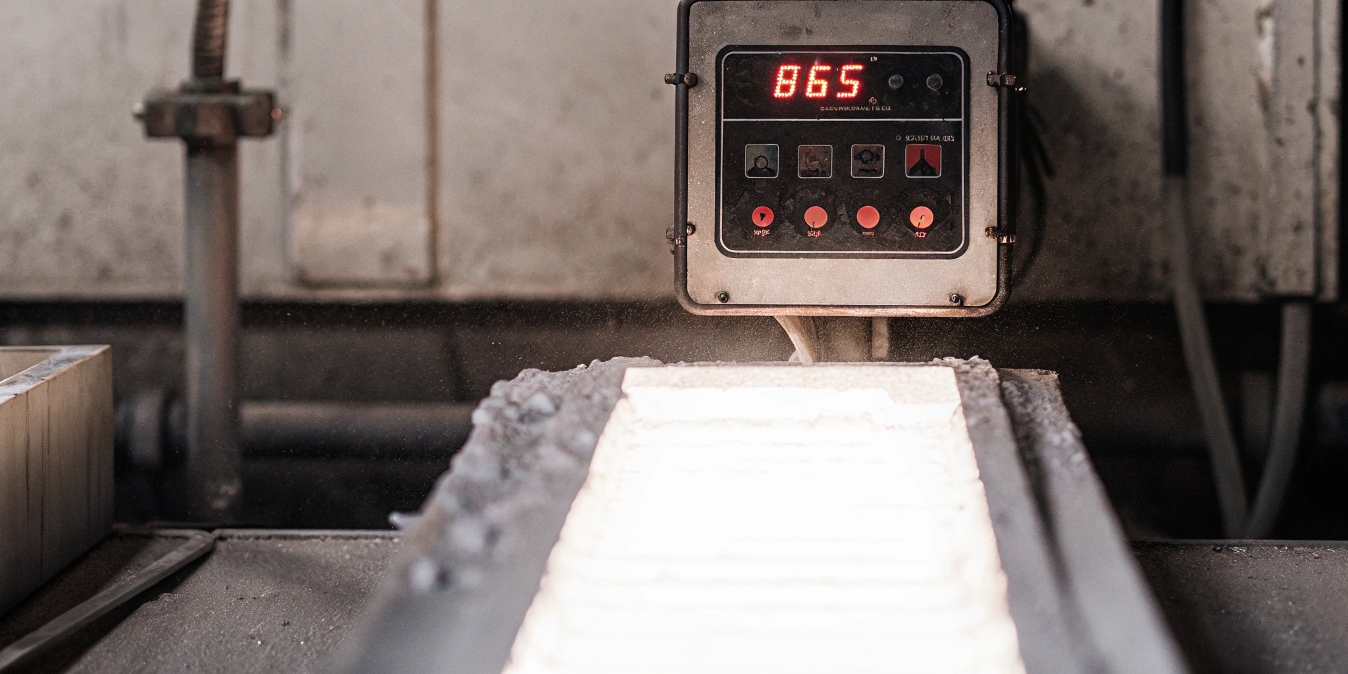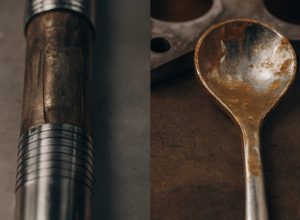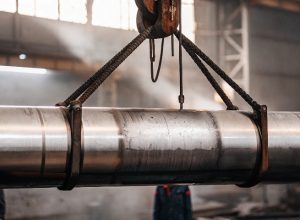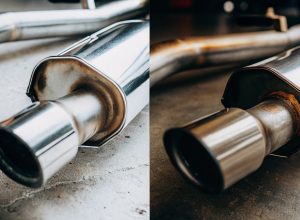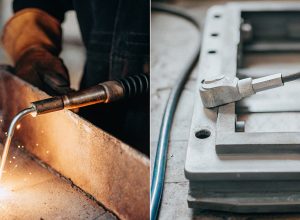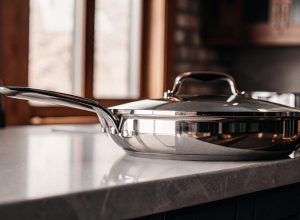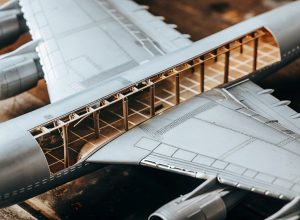Are you trying to join titanium and steel? This common challenge often results in brittle, failed bonds, which can stop a project cold and waste valuable time and money.
Directly forge welding titanium to steel is extremely difficult and generally not advised. The process creates brittle intermetallic compounds at the joint, which leads to a weak and unreliable bond. Alternative joining methods like explosive welding or brazing are much more effective for these dissimilar metals.
I get this question a lot, especially from experienced procurement managers like David. He is always looking for ways to optimize industrial equipment designs by combining the unique properties of different metals. On paper, joining titanium’s corrosion resistance with steel’s cost-effectiveness seems like a perfect solution. But the metallurgy tells a different story. It’s a real challenge, but understanding por qué it’s so difficult is the first step toward finding a working solution. Let’s start by exploring how we handle titanium under heat and pressure.
Can you hot forge titanium?
Do you need strong, custom-shaped titanium parts? Worried that hot forging might ruin the material’s unique properties? Without the right process, you can end up with weak, unusable components.
Yes, you can absolutely hot forge titanium. It is a standard industrial process we use to shape titanium alloys into complex parts for critical industries like aerospace and medical. Using precise temperature control, like forja isotérmica1, creates components with superior strength, toughness, and grain structure.
At our plant in Baoji, hot forging is a core part of our daily operations. We work with titanium billets that become critical parts in everything from aircraft landing gear to medical implants. Unlike steel, titanium’s properties are highly dependent on its estructura del grano2, which is directly affected by heat. This is why we rely on isothermal forging. In this process, the titanium billet and the dies are heated to the same temperature. This prevents the part from cooling too quickly during shaping, allowing us to forge complex geometries with incredible precision. I remember a project for a medical implant manufacturer. They needed a complex hip stem component with specific mechanical properties. By using our precise isothermal forging process, we achieved the exact near-net shape they required, which saved them a huge amount of post-forging machining time and cost. It all comes down to controlling the heat and pressure.
Forging Method Comparison
| Característica | Cold Forging (Room Temp) | Conventional Hot Forging | Isothermal Forging |
|---|---|---|---|
| Idoneidad del titanio | Very difficult; limited to simple shapes | Good for simple to moderate shapes | Excellent for complex, precise shapes |
| Process Temperature | Room Temperature | High, but dies are cooler | Billet and dies at same high temp |
| Resulting Strength | High, but risks cracking | Bien | Superior and highly consistent |
| Wasted Material | Bajo | Moderado | Very Low (Near-Net Shape) |
| Uso típico | Small fasteners | Bars, blocks, simple components | Aerospace parts, medical implants |
¿Por qué no se puede soldar el titanio?
Have you heard that welding titanium is impossible? Are you afraid of brittle welds that crack under pressure? This common misconception can seriously limit your design options.
Titanium isn’t unweldable, but it is very demanding. It reacts aggressively with oxygen, nitrogen, and hydrogen at welding temperatures, which creates brittle joints. The key is perfect shielding. Using Soldadura TIG3 with 100% argon gas coverage on the front and back of the weld is essential for a strong bond.
The biggest myth I have to bust for clients is that titanium is impossible to weld. The truth is, it just requires extreme care. The problem is contamination. At high temperatures, titanium acts like a sponge for gases in the atmosphere. Oxygen, nitrogen, and even hydrogen from moisture can get absorbed into the weld pool. This contamination makes the metal lose its ductility and become brittle. A contaminated weld looks clean on the surface but can crack under the slightest stress. To prevent this, we have to create a completely inert environment around the weld. This means using TIG (Tungsten Inert Gas) welding with a constant flow of pure argon gas. It’s not enough to shield the top of the weld; we also use a "trailing shield" to protect the weld as it cools and "back purging" to fill the inside of pipes or tubes with argon. Cleanliness is also critical. The metal must be wiped clean with a solvent right before welding to remove any oils or residue.
Common Contaminants and Their Effects
| Contaminant | Source | Effect on Titanium Weld |
|---|---|---|
| Oxygen | Air | Reduces ductility, causes embrittlement |
| Nitrogen | Air | Increases hardness, causes brittleness |
| Hydrogen | Moisture, oils | Causes delayed cracking, porosity |
| Carbon | Dirt, oils, markers | Forms brittle titanium carbides |
What forge do you need for titanium?
Are you thinking about forging titanium in a standard steel forge? Are you worried about contamination ruining your expensive material? Using the wrong equipment can lead to catastrophic failure.
You need a specialized forge for titanium, not a standard steel one. The ideal setup includes an electric or gas-fired furnace with precise temperature controls and a neutral atmosphere. High-tonnage hydraulic presses4 are also required to shape the metal without causing cracks or contamination.
When our company established its forging division in Baoji, we knew we couldn’t just adapt equipment used for steel. Forging titanium requires a purpose-built environment. A standard fuel-fired forge, like one used for steel, is a major source of contamination. Titanium can absorb carbon from the furnace atmosphere, which makes it extremely brittle. More importantly, tiny flakes of iron scale from the furnace walls can embed themselves in the titanium, creating weak spots that can cause a part to fail in service. This is a risk that industries like aerospace simply cannot take. That’s why we invested in electric furnaces. They provide clean heat and incredibly precise temperature control. We also use high-tonnage presses instead of hammers. A slow, powerful squeeze from a press shapes the titanium more uniformly and reduces the risk of internal cracks compared to the sharp impacts of a forging hammer. This level of control and cleanliness is essential to deliver forgings that meet the strict purity standards our clients demand.
Forge Type Comparison: Steel vs. Titanium
| Característica | Standard Steel Forge | Specialized Titanium Forge |
|---|---|---|
| Heat Source | Typically fuel-fired (gas, coal) | Electric or precisely controlled gas |
| Atmosphere | Oxidizing | Neutral or slightly oxidizing |
| Contamination Risk | High (Carbon, iron scale) | Muy bajo |
| Temperature Control | Less precise | Highly precise (+/- 5°C) |
| Shaping Method | Often hammers | Primarily hydraulic presses |
What temperature is needed for titanium forging?
Are you guessing the right forging temperature for titanium? Are you afraid of overheating and ruining the metal’s internal structure? Incorrect temperatures will lead to weak parts and wasted material.
The ideal forging temperature for common titanium alloys like Ti-6Al-4V5 is just below the beta transus temperature, typically between 900–980°C (1650–1800°F). This range provides good malleability while maintaining a fine grain structure for optimal mechanical properties.
For titanium, temperature isn’t just about making the metal soft enough to shape; it’s about controlling its crystal structure. The critical threshold is called the "beta transus." This is the temperature at which the alloy’s internal structure changes. Forging below this temperature, in what is known as the alpha-beta phase, gives us a refined estructura del grano2. This fine structure is what provides titanium’s signature combination of high strength and excellent fatigue resistance. If you forge above the beta transus, the grains grow much larger, which can seriously reduce the material’s toughness and fatigue life. That’s why we maintain a strict forging window between 900–980°C. I once consulted with a smaller shop struggling with inconsistent results. I found their furnace temperature was swinging by over 50 degrees. By helping them stabilize their controls within that critical window, their part rejection rate dropped by over 80%. It’s that precise.
Impact of Forging Temperature on Ti-6Al-4V
| Forging Temperature | Grain Structure | Resulting Property |
|---|---|---|
| Too Low (<900°C) | Unrefined | Poor workability, risk of surface cracking |
| Optimal (900–980°C) | Fine, equiaxed alpha-beta | Excellent balance of strength and toughness |
| Too High (>980°C) | Coarse, acicular beta | Reduced ductility and poor fatigue life |
Conclusión
Forge welding titanium directly to steel is impractical. However, you can successfully forge and weld titanium alone with the right temperature control, specialized equipment, and perfect gas shielding.
-
Explore how isothermal forging enhances the strength and precision of titanium parts. ↩
-
Learn about the relationship between grain structure and titanium’s mechanical properties. ↩ ↩
-
Discover the importance of TIG welding in achieving strong titanium joints. ↩
-
Learn how hydraulic presses improve the forging process for titanium. ↩
-
Discover why Ti-6Al-4V is a popular choice in various applications. ↩

